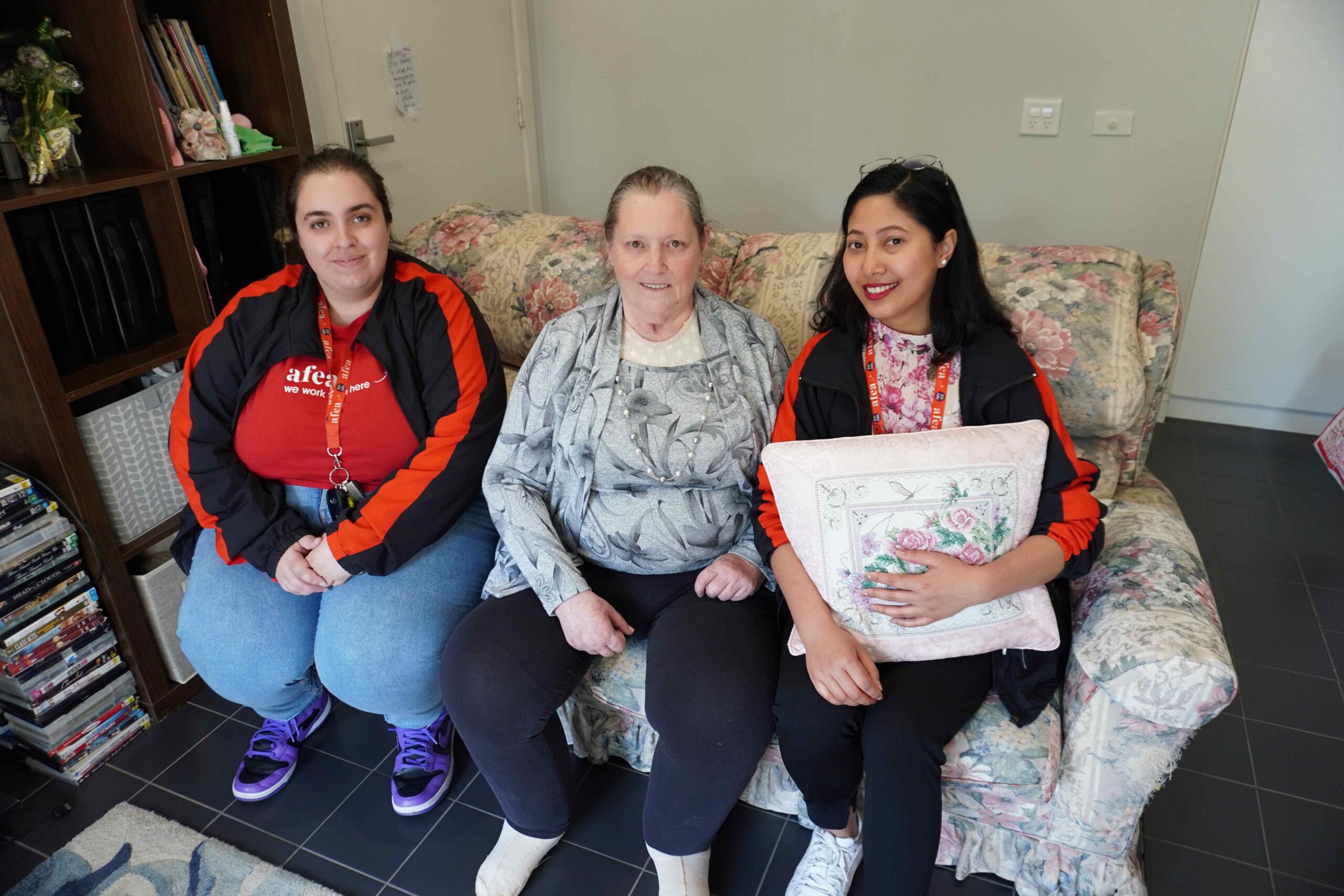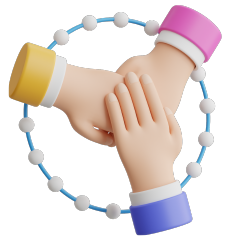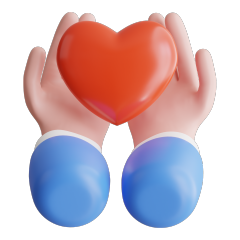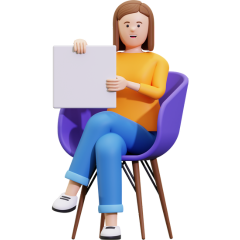Living with primary lymphoedema: Joanne’s Story

Lymphoedema has no cure, but its symptoms can be reduced and managed with appropriate intervention.
Living with Primary Lymphoedema, with support from Leora
Joanne lives with full body lymphoedema, wherein an accumulation of excessive amounts of lymph fluid results in the swelling of parts of her body.
Her condition is classified as “primary” as it’s caused by a genetic malfunction of the lymphatic system. Secondary lymphoedema, which is more common, is caused by damage to, or blockage of, the lymphatic system, as a result of surgery, radiotherapy for cancer or tissue damage.
Lymphoedema caused by a genetic anomaly is so uncommon that Joanne was not diagnosed until the age of 40, even though she began experiencing symptoms at 23.
While her condition has no cure, she’s not letting this get in the way of enjoying life.
She talks to us about her love of knitting and explains why her only goal is to “keep doing what I can, while I can.”
Watch our interview below, or keep reading:
What is lymphoedema?
A protein-rich fluid is transported throughout the body by the lymphatic system, a network of vessels and nodes that assist the immune system in detecting and destroying pathogens and removing waste products from tissues.
When the lymphatic system is blocked or damaged, fluid accumulates in the body’s soft tissues, leading to lymphoedema.
At birth, about one person in every 6,000 will develop primary lymphoedema, according to the Australasian Lymphology Association.
“I started to swell when I was 23,” Joanne shares. “I didn’t find out I had lymphoedema until I was 40. That’s how rare it is to get diagnosed.”
If left untreated, lymphoedema will lead to progressive swelling over time. It can affect the ability to move the affected limb(s) and increase the risks of skin infections and sepsis.
At the moment, Joanne can only walk short distances without a mobility aid. She often uses an electric wheelchair.
Wearing a body suit
Lymphoedema has no cure, but its symptoms can be reduced and managed with appropriate intervention. This includes wearing compression garments, which can help limit fluid build-up and assist with drainage.
“I have to wear a body suit all the time,” Joanne explains, showing us the body suit she wears underneath her sweater. “This is tight, like a skin. You can’t even pinch it, it’s so tight.”

Her carers from Leora Healthcare (formerly Afea Care Services) give her a shower in the morning and help get her into the body suit to start her day. She needs two carers to assist her with this. “It’s a bit of a struggle, but we get it on.”
“They often make me breakfast, which is really nice, because I’m rushing to get out because I have a lot of appointments. They’re all supportive. They’re very nice. They do the best that they can.”
Knitting the day away
Joanne enjoys working with her hands, and enjoys knitting, embroidery, cross-stitch and creating tapestries. She shows off a few pieces, including some works in progress.
“My mum and my grandmother taught me,” she says. “It’s soothing, I like doing it. And when summer’s on it’s really great. You can sit and watch the cricket and the tennis and you knit as you go.”
Joanne’s future goals
Joanne admits that “things are slowly getting worse”, but she doesn’t let this bother her. Her only goal is to “keep doing what I can, while I can.”
“There’s no point getting depressed or anything about it, because then you don’t have any fun in life,” she points out.
“You just get on with your lot and enjoy life.”
Find experienced support workers with Leora
Our amazing support workers will provide you with compassionate care at home and in the community to help you live more independently, achieve your goals and get the most out of life!





